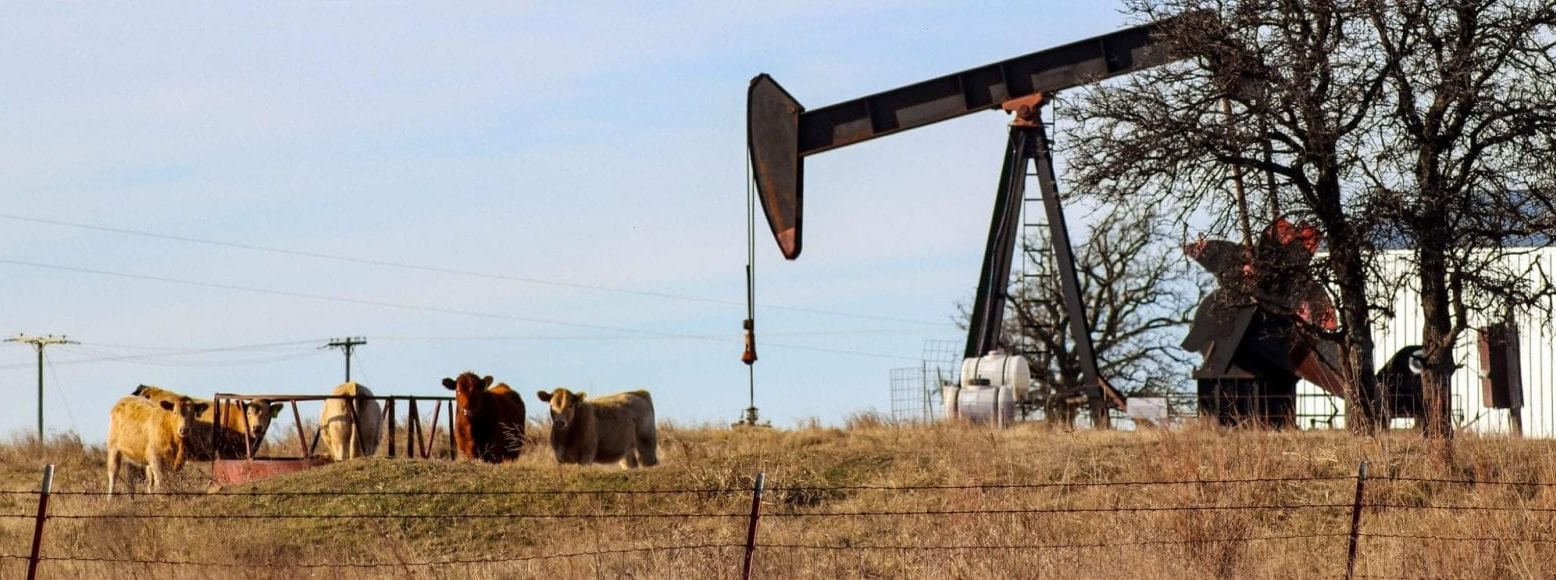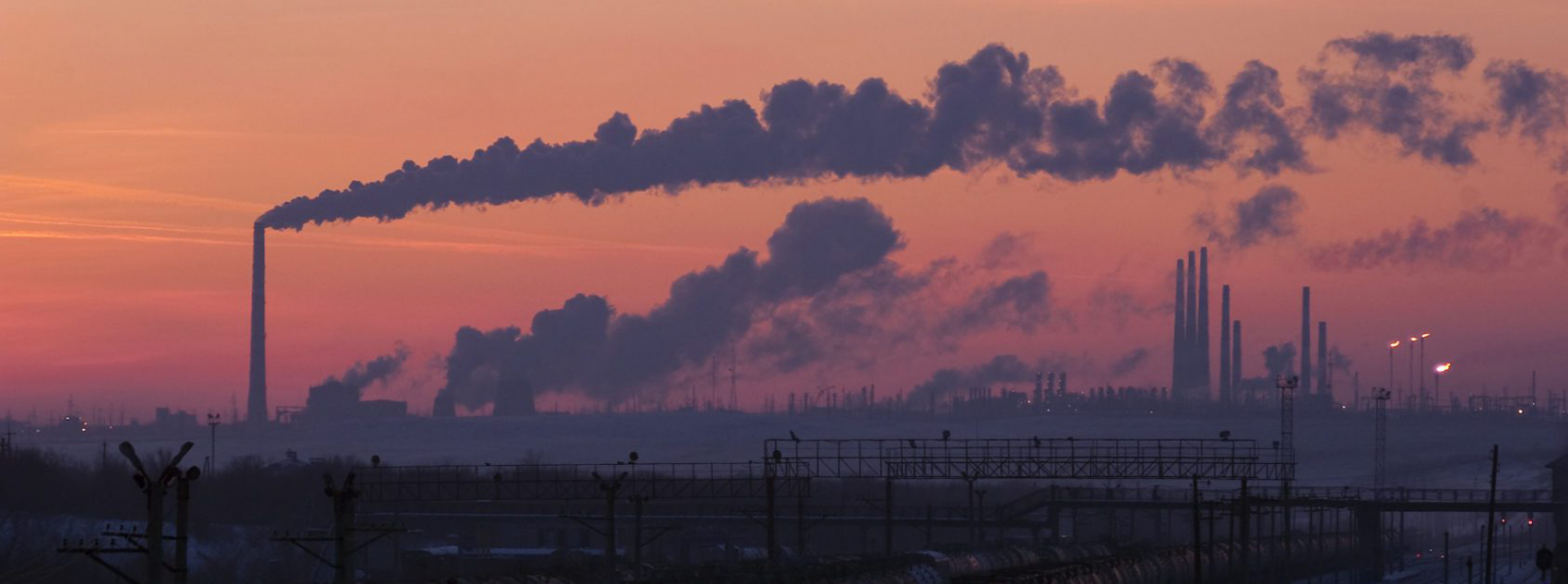If you asked which greenhouse gas has an extreme impact on global warming and continues to increase each year, CO2 would probably at the forefront of most people’s minds.
But, what about methane?
Methane emissions are actually more harmful – coming in at 84x more damaging in climate change terms than CO2 on a 20-year timeline and reached record highs last year despite the pandemic.
With the fossil fuel sector contributing a huge 34% of total methane emissions, working to stem the flow of damaging leaks from the oil and gas sector will be crucial if we are to meet our climate change targets.
The technology already exists to reduce emissions. For the most part, it can be done at little to no cost (and can often even create savings for gas producers).
So, given all the key parts of the puzzle are already seemingly in place – how can we set about reducing methane emissions from the oil and gas sector, and fast?
1. Push methane emissions into the spotlight
Global oil and gas production leaks 84 million tonnes of methane into the atmosphere every year – in climate change terms this equates to 7bn tonnes of CO2e – or 8x the aviation sector’s global CO2 emissions in a normal year.
In terms of our wider target of halving GHG emissions by 2030, getting methane emissions from the oil and gas under control will get us almost a fifth of the way there.
Governments are catching up with the threat posed by methane – with the EU bringing forward legislation in 2021 and the US Congress considering the Methane Emissions Reduction Act of 2021. However, most countries’ net zero strategies still focus on CO2 with barely any mention of methane emissions.
So we need to push methane emissions into the conversation if we are going to see meaningful emissions reductions in the short term.
At a consumer level, methane emissions are hardly ever considered in relation to oil and gas consumption – with most people being totally unaware that methane emissions from the sector are an issue. However, with growing consumer awareness of the need to act to prevent catastrophic climate change, building awareness of methane will increase the pressure on producers to improve.
2. Learn from the best, but recognise that the global market is the solution
The current global average for methane emissions performance from oil and gas production is 1.5%.
Reducing this to an ambitious but achievable 0.2% by 2030 will have a dramatic impact on emissions reduction, equivalent to removing 1.2 billion polluting cars from the road.
And we know this is possible. Already, several gas producing markets are operating at near to or better than 0.2% methane intensity due to strong regulation. Norway leads the way, with around 0.1% methane emissions performance thanks to strong leadership from the Norwegian government.
These markets show us that 0.2% is well within our technological reach. But, while we should take inspiration from their methods, tactics and delivery, strong regulation in one or two markets is not enough.
Methane emissions are not just a domestic issue. Gas produced in one corner of the world is often consumed in another, transported across borders as LNG or in long pipelines, and without consistent regulation, it is often impossible to know how ‘clean’ any one batch of gas truly is.
It could unfortunately take decades to see the kinds of regulation that has worked in Norway implemented in other markets. But that is where we can fall back on a time-honoured solution – creating market incentives to solve global problems.
3. Create a differentiated market through certification
So, how can we incentivise the market to act, without regulation? The answer is measurement.
Currently, buyers rarely have any credible assessment of the methane emissions performance of a batch of gas they are buying, and regulators have no credible assessment of the methane performance of a batch of natural gas that is imported into their jurisdiction.
This means they have no real way of preferencing good methane emissions performance or avoiding producers with poor methane emissions performance.
But we know the demand for low emission natural gas is out there. Decisions by Pavillion and others demonstrate the need for greater transparency – and a global certification system can do just that.
MiQ has developed a certification system capable of credibly certifying natural gas based on its methane emissions performance. This will provide buyers with the transparency they need to choose natural gas with lower methane emissions performance, therefore incentivising producers to improve their offering.
So, how do we reduce methane emissions? Raising awareness, measurement and certification are the key to reducing emissions from the oil and gas sector this decade.



